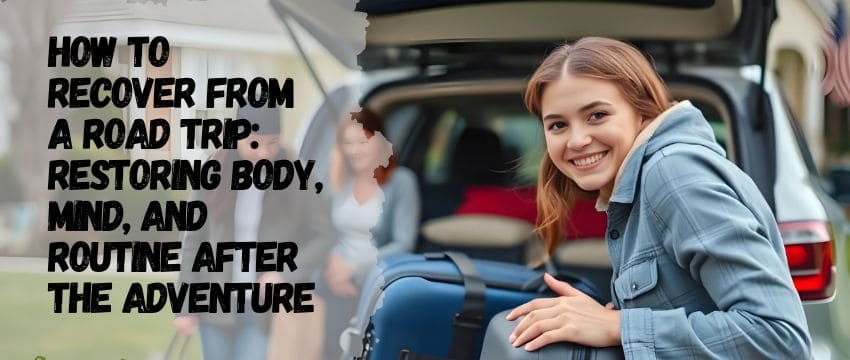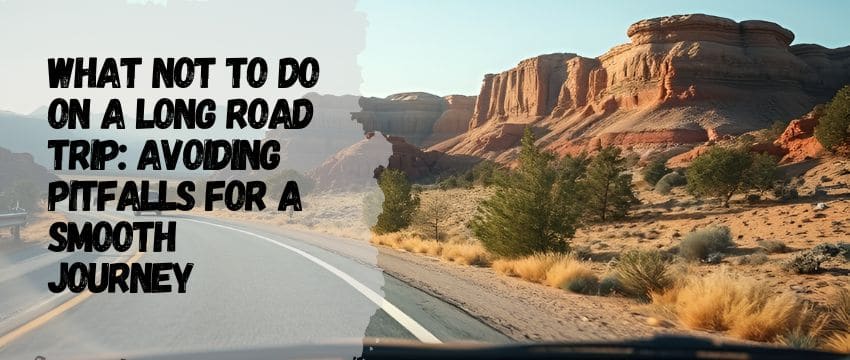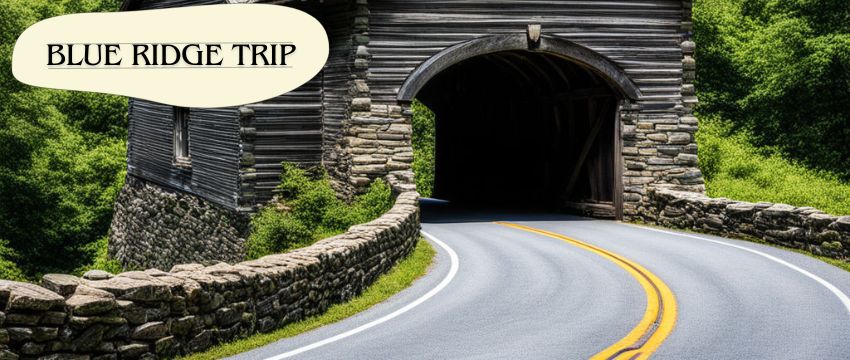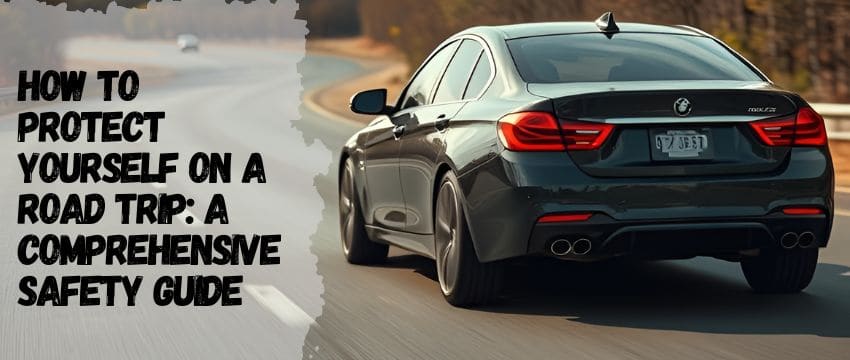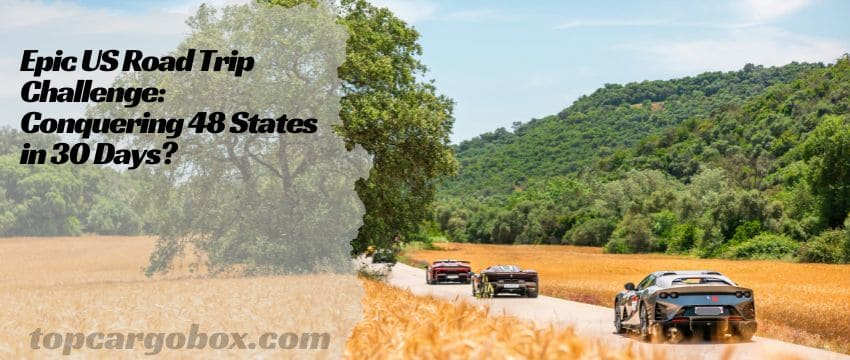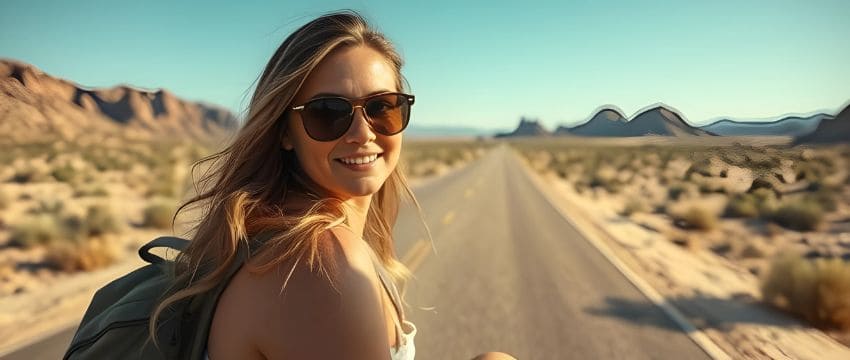Introduction: The Overlooked Art of Post-Trip Recovery
A road trip is a whirlwind of excitement—new landscapes, spontaneous detours, and the thrill of the open road. But what happens when you return home? Fatigue, disorganization, and a lingering sense of displacement often replace the initial euphoria. Recovery isn’t just about unpacking; it’s a holistic process that rejuvenates your body, resets your mind, and restores balance to your daily life. This guide delves into actionable strategies for bouncing back after a road trip, whether you’ve spent three days exploring the Smoky Mountains or three weeks crossing the Great Plains. From physical recuperation to mental resetting, let’s explore how to transition from adventurer to rested homebody seamlessly.
1. Physical Recovery: Healing Your Body from the Demands of the Road
Long hours behind the wheel, cramped legs, and irregular meals take a toll on your body. Prioritize these steps to rebuild your physical well-being:
Combatting Muscle Stiffness and Fatigue
- Stretching Routine: Focus on areas strained by driving—hips, hamstrings, and shoulders. Try yoga poses like Downward Dog or Pigeon Pose to release tension.
- Hydration Revival: Road trips often lead to dehydration. Drink electrolyte-rich beverages (e.g., coconut water) to replenish minerals lost during hours of air-conditioned driving.
- Sleep Reset: Gradually return to your pre-trip sleep schedule. Use blackout curtains and white noise machines to counter jet lag-like fatigue from changing time zones.
Nutritional Reboot
Days of gas station snacks and fast food can leave you feeling sluggish. Detox with:
- Anti-Inflammatory Foods: Incorporate leafy greens, berries, and omega-3-rich fish to reduce road-induced inflammation.
- Gut Health Restoration: Probiotic yogurt, kimchi, or kefir can rebalance digestion disrupted by irregular eating.
- Meal Prep: Ease back into cooking with simple, nourishing meals like vegetable soups or grain bowls.
Medical Check-Ins
- Podiatrist Visit: Swollen feet or blisters from driving? A professional can address foot pain and recommend orthotics.
- Massage Therapy: Book a deep-tissue massage to target knots formed during long drives.
2. Mental and Emotional Reset: Quieting the Post-Adventure Blues
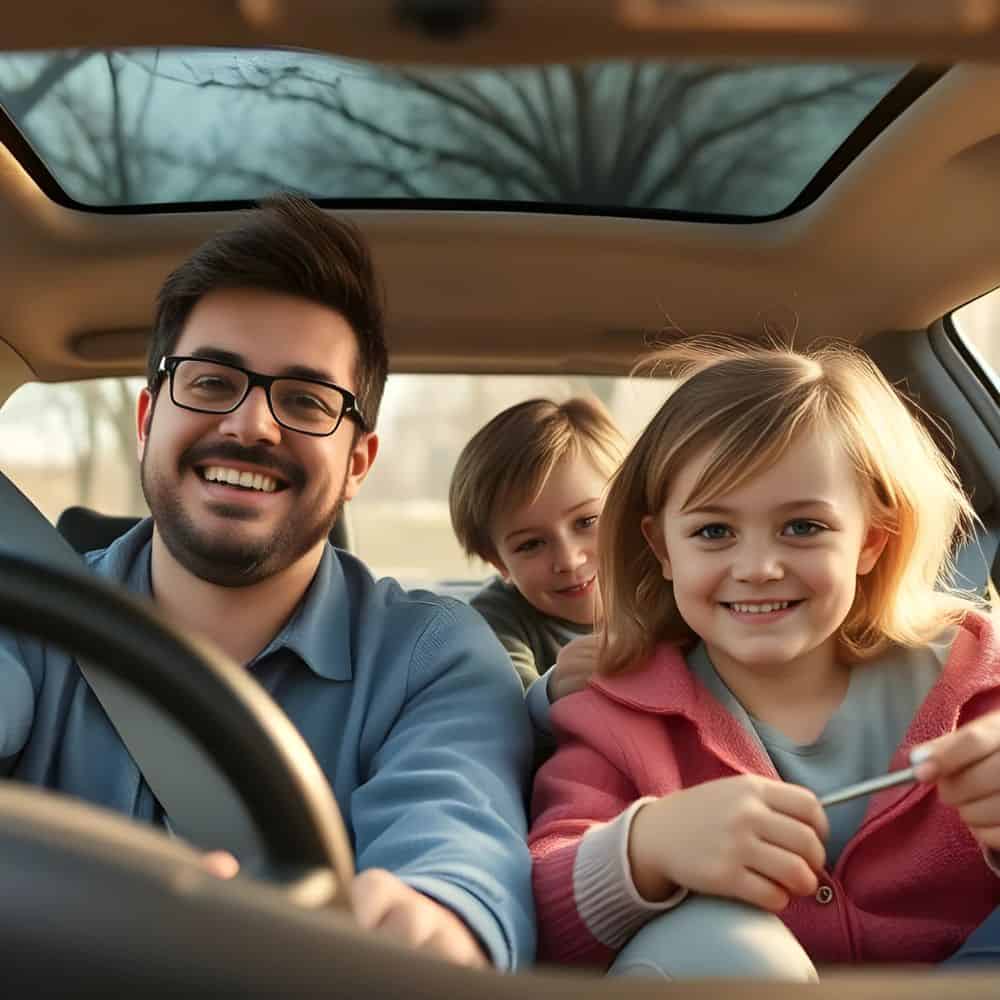
Post-trip depression is real. The transition from constant stimulation to routine can feel jarring.
Mindfulness Practices
- Gratitude Journaling: Reflect on trip highlights to preserve positive memories without clinging to them.
- Digital Declutter: Sort through hundreds of photos—delete duplicates, organize albums, and print favorites for a scrapbook.
- Meditation: Apps like Headspace offer post-trip sessions to ease re-entry anxiety.
Re-Engaging with Home Life
- Reconnect Socially: Host a casual dinner to share stories without overwhelming friends with a 200-slide recap.
- Creative Outlets: Channel your experiences into art, writing, or a travel blog to process emotions.
Managing Post-Trip Stress
- To-Do List Prioritization: Break down tasks (laundry, bills) into manageable chunks to avoid overwhelm.
- Boundary Setting: Politely decline commitments for a few days to decompress.
3. Vehicle Care: Showing Love to Your Road-Worn Companion
Your car deserves TLC after miles of service.
Post-Trip Maintenance Checklist
- Deep Clean: Vacuum crumbs, sanitize surfaces, and wash exterior to remove road salt or bug residue.
- Mechanical Inspection: Check oil levels, tire tread, and brake pads for wear. Rotate tires if needed.
- Fluid Top-Off: Refill windshield washer fluid and coolant depleted during long drives.
Long-Term Storage Tips
- Fuel Stabilizer: If parking for weeks, add stabilizer to prevent gas degradation.
- Battery Tender: Avoid dead batteries with a maintenance charger.
4. Rebuilding Routines: From Nomad to Homebody
Reestablishing Sleep Patterns
- Gradual Adjustment: Shift bedtime by 15 minutes daily until aligned with your usual schedule.
- Screen Curfew: Avoid blue light an hour before bed to improve sleep quality.
Work and Productivity
- Inbox Zero: Tackle emails in batches using the “2-minute rule”—respond immediately if quick.
- Task Batching: Group similar chores (groceries, errands) to regain efficiency.
Fitness Regimens
- Low-Impact Workouts: Swim or walk to ease back into exercise without straining road-weary muscles.
- Accountability Partners: Join a local class or buddy up to stay motivated.
5. Reflection and Growth: Turning Experience into Wisdom
Assessing the Journey
- Debrief Session: Note what worked (e.g., packing cubes) and what didn’t (overplanned itineraries).
- Budget Review: Analyze spending to save smarter on future trips.
Planning the Next Adventure
- Bucket List Updates: Add newfound must-see destinations (e.g., Maine’s Acadia National Park).
- Skill Building: Enroll in a navigation course or learn basic car repair for added confidence.
Road Trip Recovery Essentials
Aspect | Key Actions |
|---|---|
Physical Health | Stretching, hydration, anti-inflammatory diet, professional massage. |
Mental Reset | Gratitude journaling, photo organization, meditation, creative projects. |
Vehicle Care | Deep cleaning, mechanical inspection, fluid top-off, battery maintenance. |
Routine Building | Sleep adjustment, task batching, low-impact workouts, inbox management. |
Future Planning | Budget review, bucket list updates, skill development. |
Conclusion: Embracing the Journey’s End as a New Beginning
Recovering from a road trip isn’t about erasing the adventure—it’s about integrating it into your life thoughtfully. By nurturing your body, decluttering your mind, and honoring your vehicle’s service, you’ll emerge refreshed and ready for whatever lies ahead. The road may end, but the growth it sparks continues.
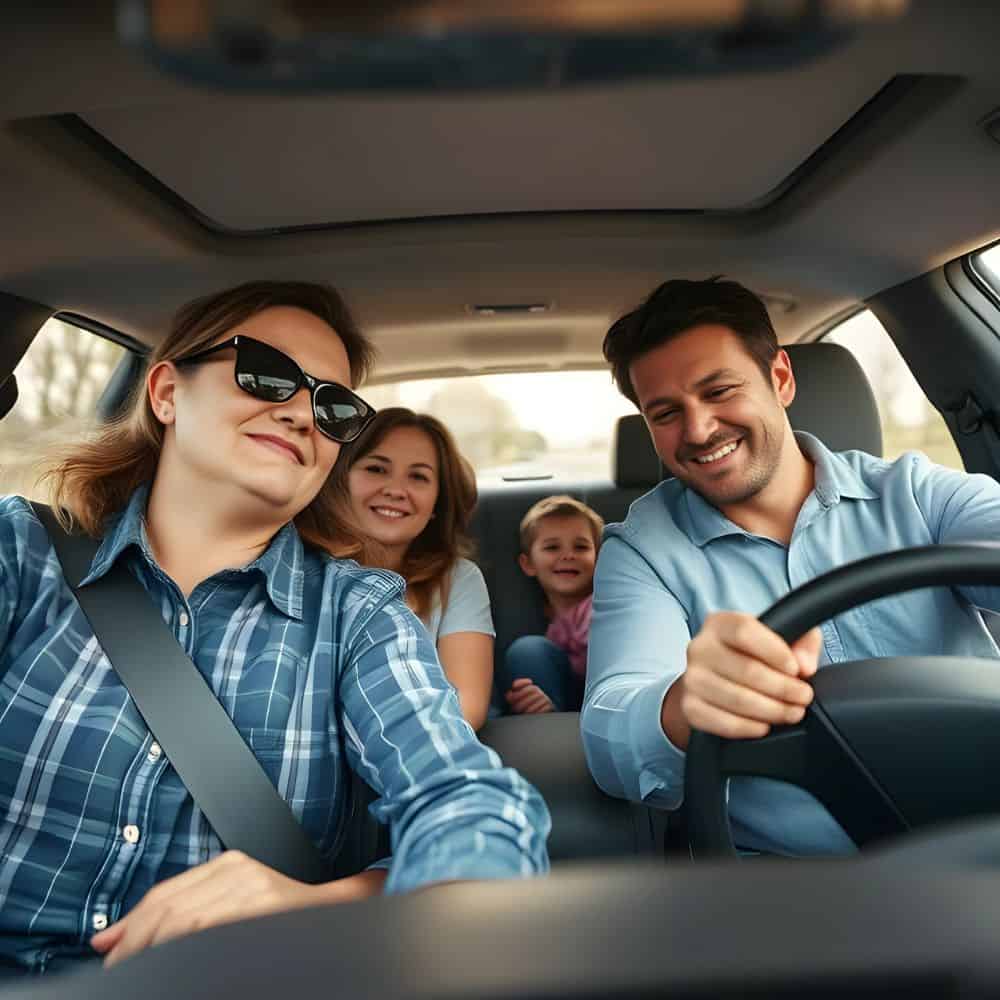
FAQs
1. What is the friendliest state to visit?
Tennessee is renowned for Southern hospitality, with Nashville’s live music scene and Chattanooga’s welcoming locals. Quirky attractions like Dollywood and Memphis’ BBQ joints foster a sense of community. Residents often strike up conversations, making solo travelers feel at ease. The state’s blend of charm and warmth earns its friendly reputation.
2. Which state is best to travel to now?
Colorado shines in early fall (September–October) with golden aspen groves and mild hiking weather. Avoid summer crowds in Rocky Mountain National Park and enjoy festivals like Breckenridge’s Oktoberfest. For winter travelers, Utah’s ski resorts or Arizona’s desert parks (e.g., Saguaro) offer ideal conditions.
3. What is the least visited state for vacation?
North Dakota sees fewer tourists, offering serene escapes like Theodore Roosevelt National Park and the Enchanted Highway’s sculptures. Its low visitation ensures uncrowded trails and affordable lodging. Visitors can explore Scandinavian heritage in towns like Minot or stargaze in the pristine Badlands.
4. What is the best time to go on a road trip?
Spring (April–June) and fall (September–October) provide mild weather, scenic beauty, and fewer crowds. Avoid summer’s peak travel congestion and winter road closures. Spring offers wildflowers in Texas Hill Country, while fall dazzles with New England foliage.
5. How long should a road trip take?
A cross-country trip (e.g., NYC to LA) requires 7–10 days to enjoy landmarks without rushing. Regional trips (e.g., Pacific Northwest) can be done in 3–5 days. Always add a 20% time buffer for spontaneity and delays. Quality trumps quantity—plan fewer stops for deeper exploration.
Return home wiser, healthier, and already dreaming of the next horizon. 🚗✨
Our team is creating outdoor-gear relevant articles with passion. If our articles can help you to find the correct solutions for your questions, we will be happy about that. In the content creation process, we usually collect accurate and useful information online or offline to compile our content in an organized way. Consequently, we can guarantee that you can discover some expected answers to your questions. We appreciate your time on our site.

